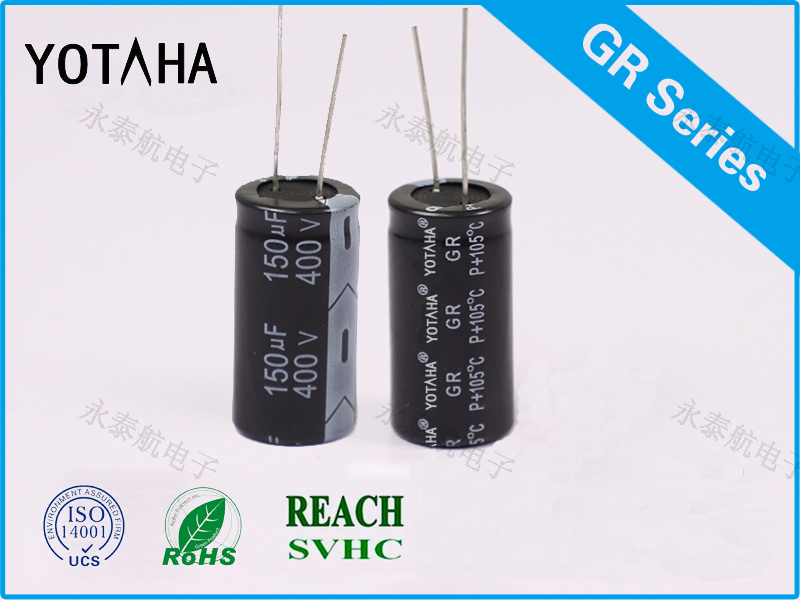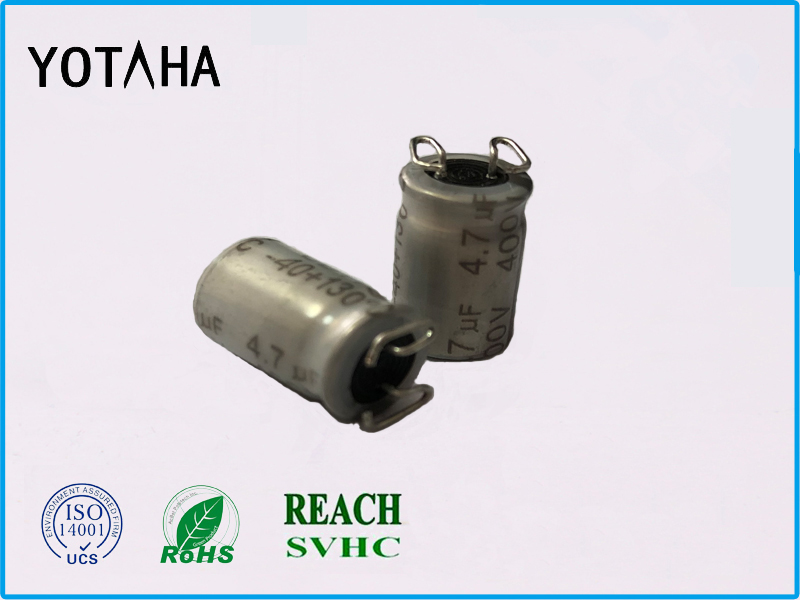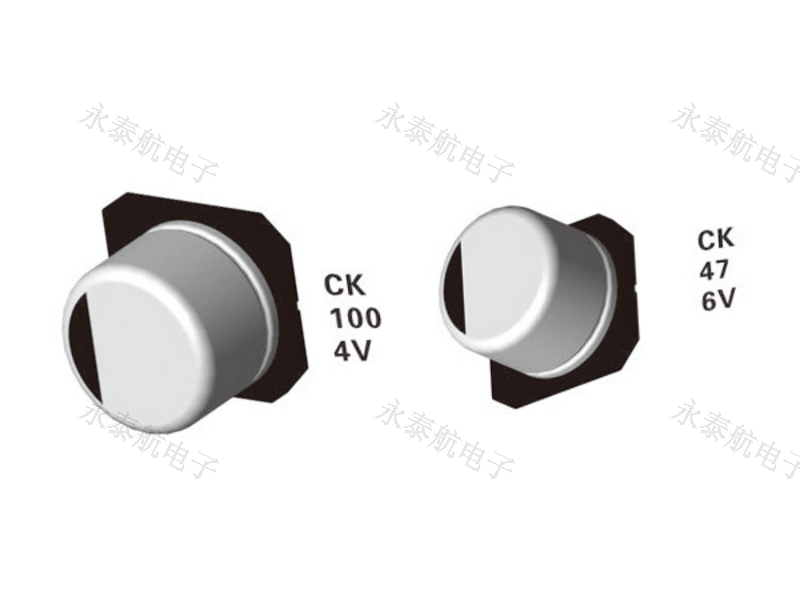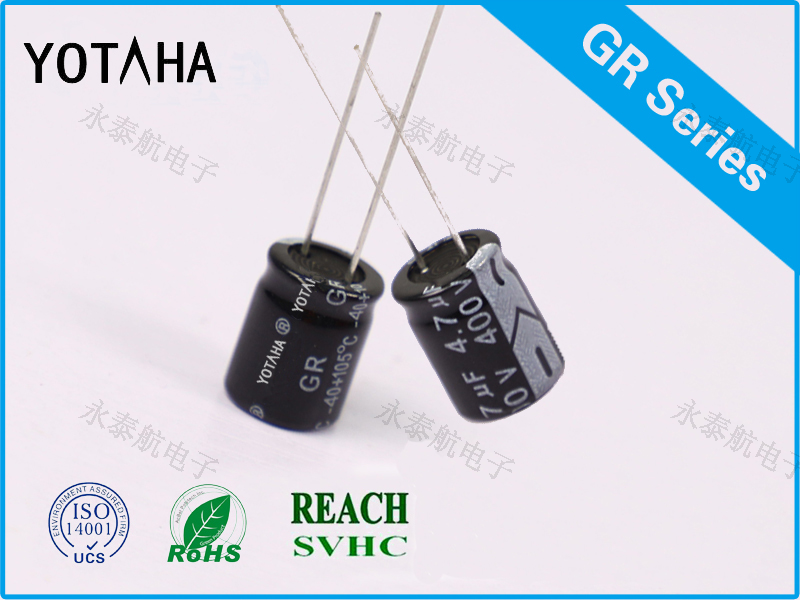Under the 50Hz power frequency condition, the capacitive reactance generated by a 1uF capacitor is about 3180 ohms. When 220V AC voltage is applied to both ends of the capacitor, the maximum current flowing through the capacitor is about 70mA. Although the current flowing through the capacitor is 70mA, there is no power consumption in the capacitor. If the capacitor is an ideal capacitor, the current flowing through the capacitor is the imaginary current, and the work it does is reactive power.
According to this characteristic, if we connect a resistive element in series with a 1uF capacitor, the voltage obtained at both ends of the resistive element and the power consumption it generates completely depend on the characteristics of the resistive element. For example, we connect a 110V/8W light bulb with a 1uF capacitor in series, and when it is connected to an AC voltage of 220V/50Hz, the light bulb is lit and emits normal brightness without being burnt. Because the current required by the 110V/8W bulb is 8W/110V=72mA, it is consistent with the current-limiting characteristics produced by the 1uF capacitor.
In the same way, we can also connect a 5W/65V bulb with a 1uF capacitor in series to a 220V/50Hz AC, and the bulb will also be lit without being burned. Because the working current of a 5W/65V bulb is about 70mA. Therefore, the capacitor step-down is actually the use of capacitive reactance to limit current. The capacitor actually plays a role in limiting the current and dynamically distributing the voltage across the capacitor and the load.
Pay attention to the following points when using capacitors to step down:
1. Select the appropriate capacitor according to the current size of the load and the working frequency of the alternating current, rather than the voltage and power of the load.
2. Current-limiting capacitors must be non-polar capacitors, and electrolytic capacitors must not be used. And the withstand voltage of the capacitor must be above 400V. The most ideal capacitor is the iron case oil immersed capacitor.
3. Capacitor step-down cannot be used in high-power conditions because it is not safe.
4. Capacitor step-down is not suitable for dynamic load conditions.
5. Similarly, capacitor step-down is not suitable for capacitive and inductive loads.
6. When DC work is required, half-wave rectification should be used as much as possible. Bridge rectification is not recommended. And to meet the condition of constant load.






